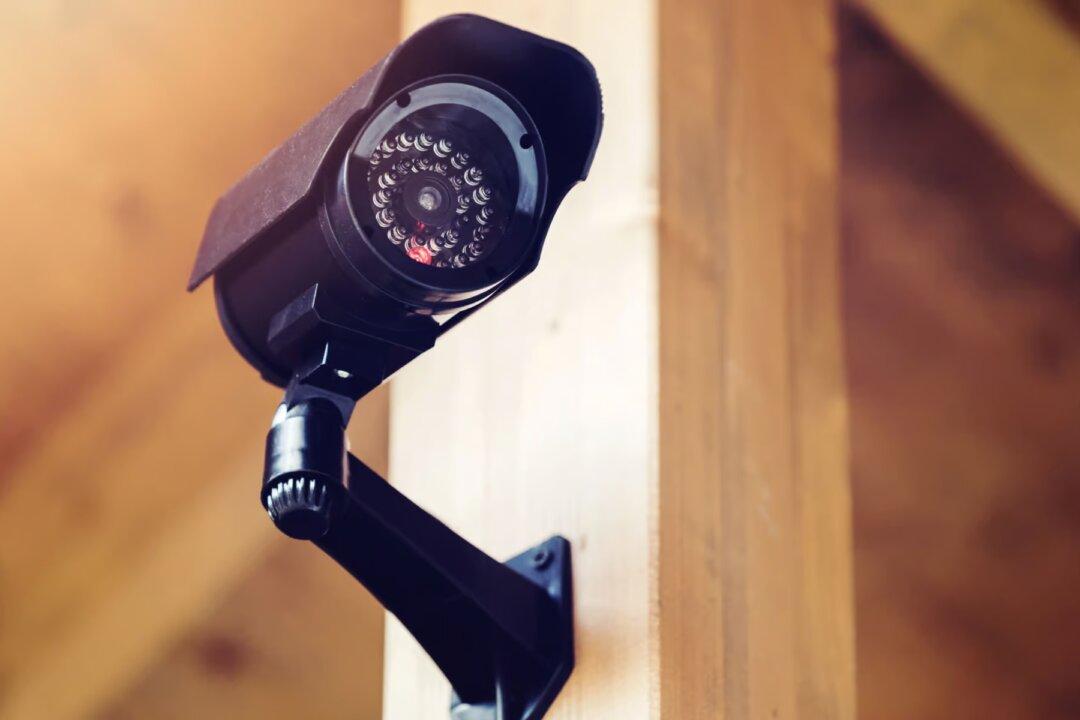Commentary
Established in 2006, the Intelligence Advanced Research Projects Activity (IARPA) is an organization within the Office of the Director of National Intelligence. The information that it gathers helps to fuel the U.S. Intelligence Community. IARPA, we’re told, specializes in “high-risk, high-payoff research that delivers innovative technology for future overwhelming intelligence advantage.”





